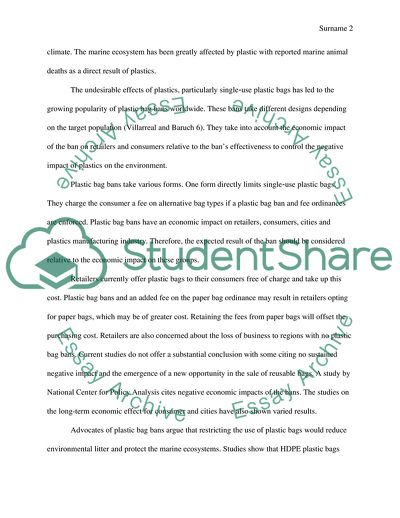Cite this document
(Plastic Bag Ban Essay Example | Topics and Well Written Essays - 1500 words, n.d.)
Plastic Bag Ban Essay Example | Topics and Well Written Essays - 1500 words. https://studentshare.org/environmental-studies/1876982-plastic-bag-ban
Plastic Bag Ban Essay Example | Topics and Well Written Essays - 1500 words. https://studentshare.org/environmental-studies/1876982-plastic-bag-ban
(Plastic Bag Ban Essay Example | Topics and Well Written Essays - 1500 Words)
Plastic Bag Ban Essay Example | Topics and Well Written Essays - 1500 Words. https://studentshare.org/environmental-studies/1876982-plastic-bag-ban.
Plastic Bag Ban Essay Example | Topics and Well Written Essays - 1500 Words. https://studentshare.org/environmental-studies/1876982-plastic-bag-ban.
“Plastic Bag Ban Essay Example | Topics and Well Written Essays - 1500 Words”. https://studentshare.org/environmental-studies/1876982-plastic-bag-ban.


